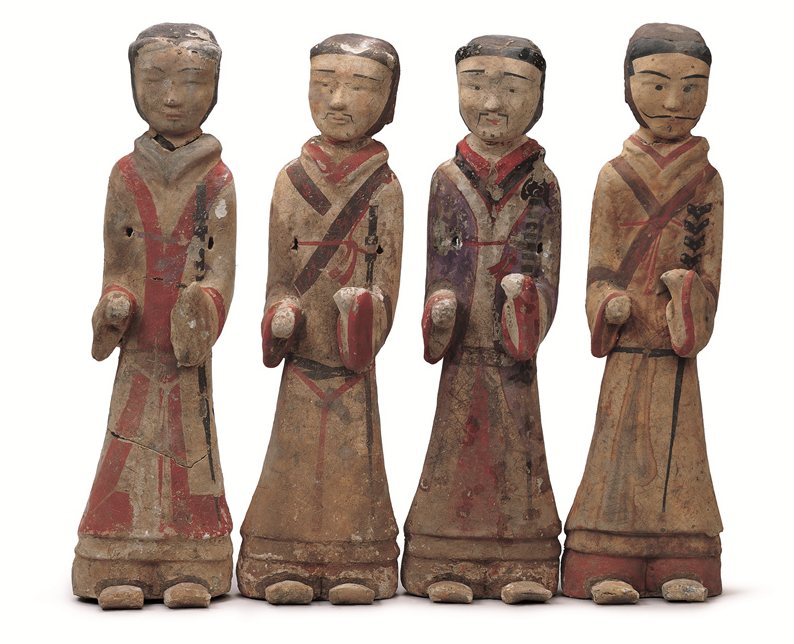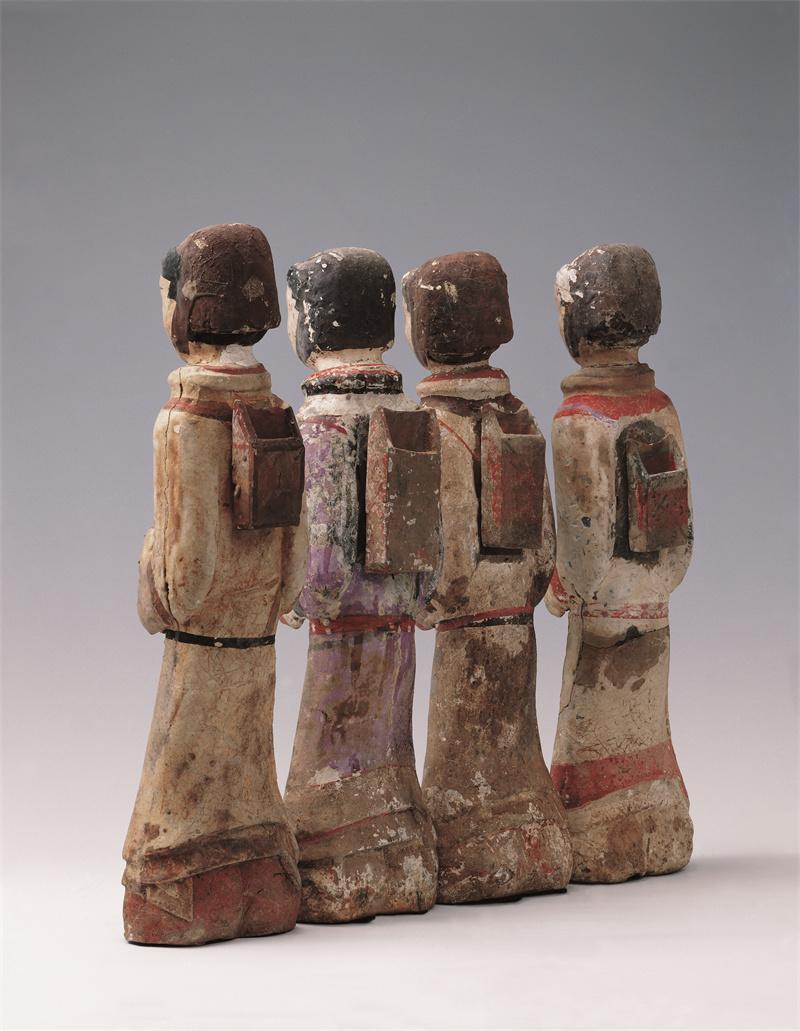Xuzhou Museum (II)
 0 Comment(s)
0 Comment(s) Print
Print E-mail , January 13, 2023
E-mail , January 13, 2023
Xuzhou is a major city in east China's Jiangsu province with a time-honored history and splendid culture. People can find a lot about the past of the city by visiting the Xuzhou Museum where many precious cultural relics are housed.
Opened in August 1960, the museum is now also the city's Institute of Cultural Relics and Archaeology and the Gallery of Stone Reliefs on Ancient Chinese Tombs and Shrines from Han Dynasty. As a national first-rate museum and a national AAAA tourist destination among many other honors, the museum has done a lot in excavating, protecting, exhibiting, collecting and studying cultural relics.
The museum boasts a collection of 27,850 pieces and sets of cultural relics, which include jade ware, gold and silver ware, bronze and iron ware, ceramic ware, imperial seals, calligraphy and painting works, and stone reliefs on ancient Chinese tombs and shrines from Han Dynasty. Among them, many represent the highest level of their kinds in China. The collection of cultural relics from the Neolithic Age, the Han Dynasty and the Ming Dynasty is rich and outstanding, with the ones from the Han Dynasty being the biggest feature.
Following are some of the most precious collections of the museum.
Name:Painted Earthware figures from Beidongshan
Time:【Western Han Dynasty】
Size: Height: 50 cm; Width: 14 cm
Source:Excavated at the tomb of the king of Chu at Beidongshan in 1986
The painted earthware figures from the wall niches of Beidongshan tomb, mainly representing officials and guards, is the largest group of its kind ever discovered intact from a Han tomb. The mould-made figures are painted in red, white, black, blusih-purple and pale yellow colors.






